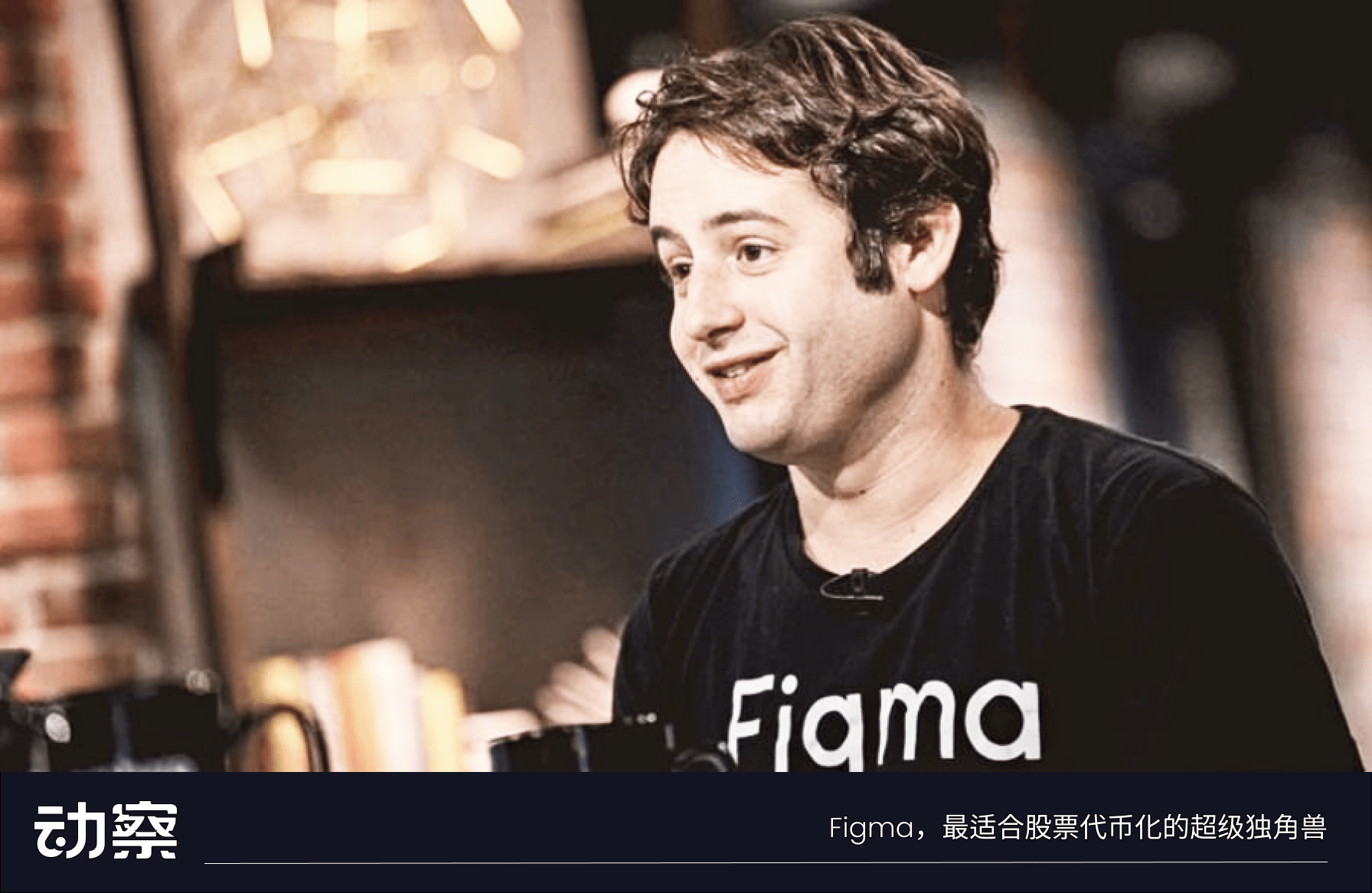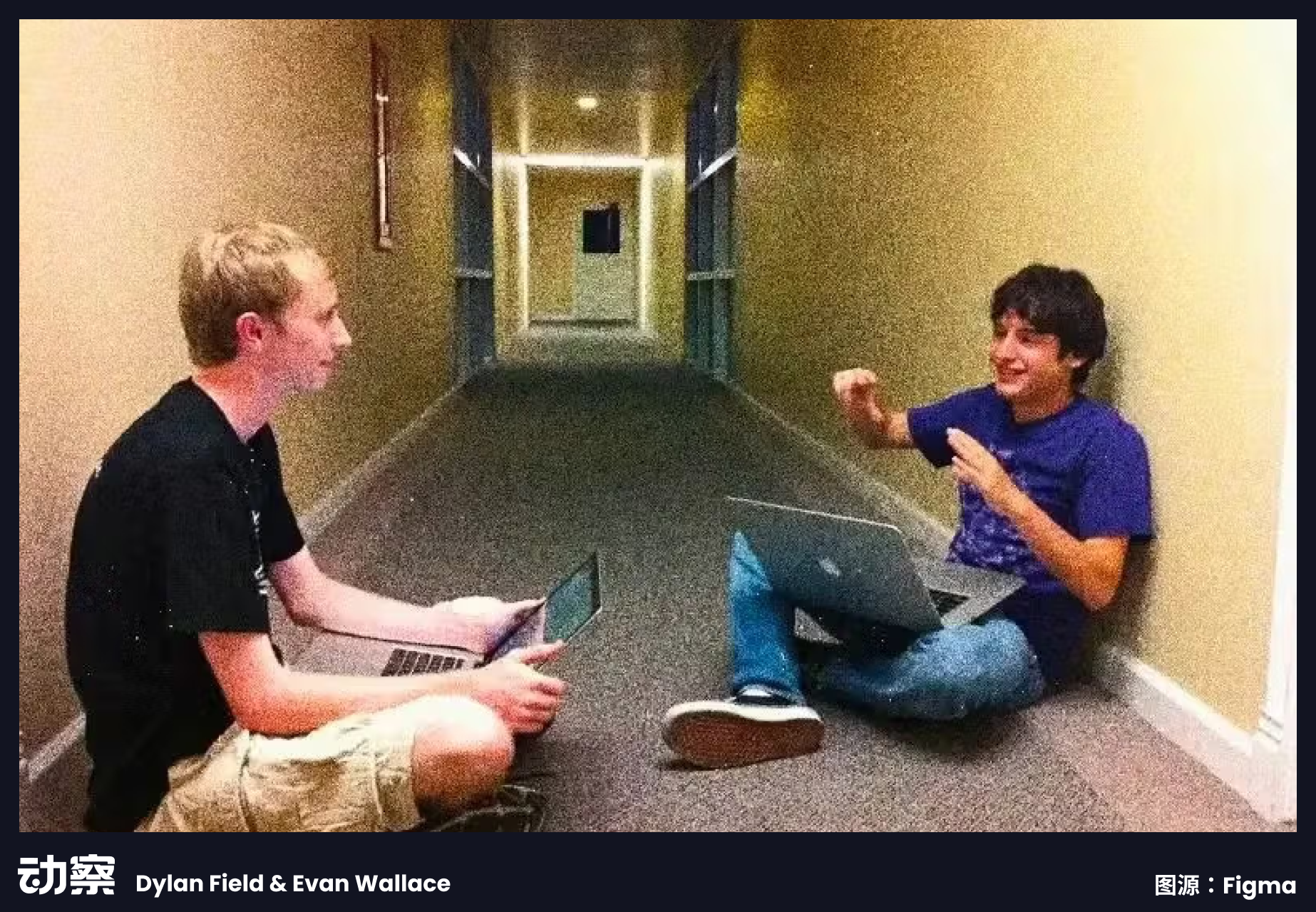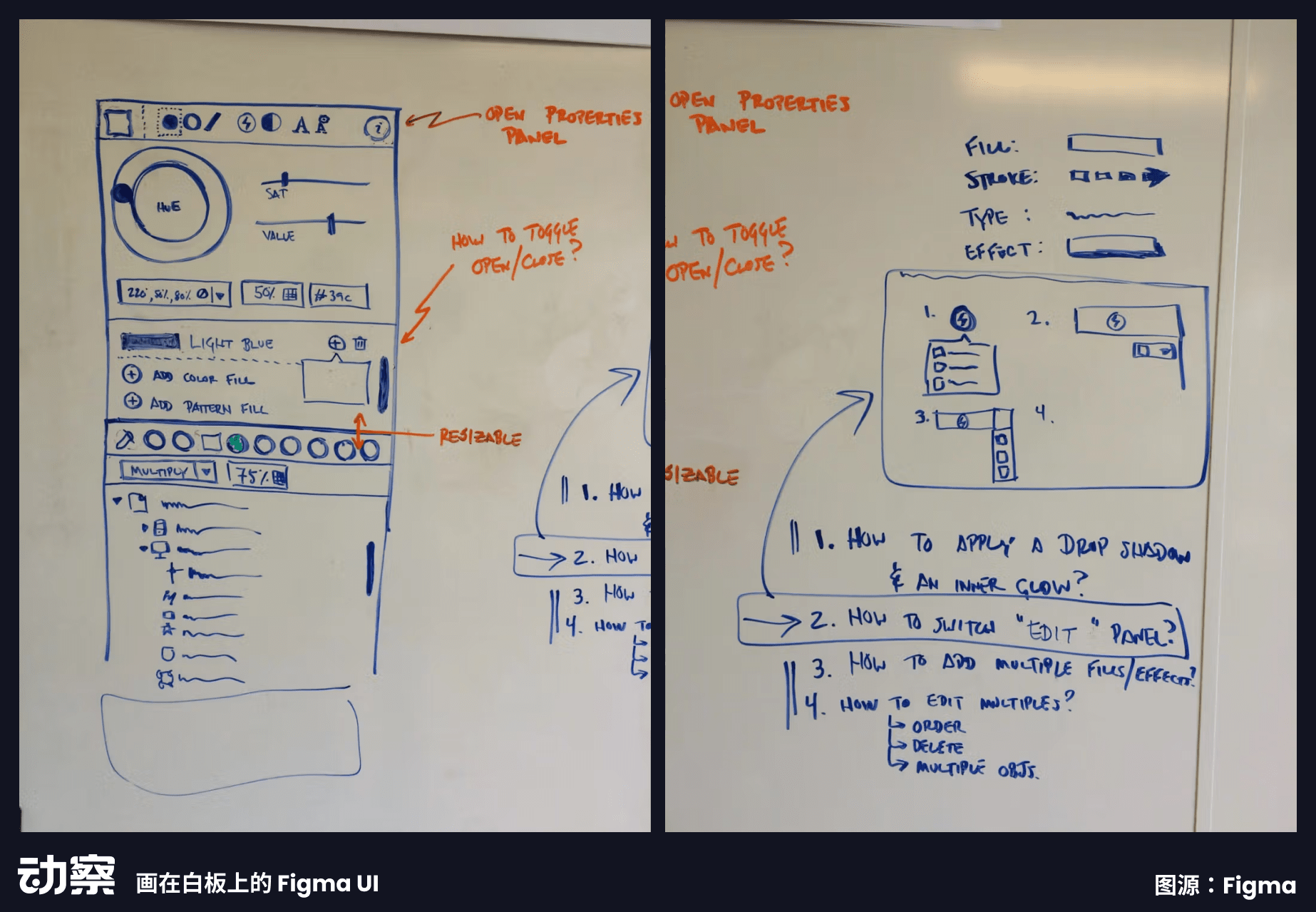

On July 31, the Silicon Valley design software giant will officially list on the New York Stock Exchange, co-managed by top investment banks such as Morgan Stanley, Goldman Sachs, Allen & Company, and JPMorgan, making it one of the most anticipated tech IPOs of 2025.
In the prospectus submitted by Figma, which is about to go public, one sentence caught our attention: the company has been authorized to issue 'Blockchain Common Stock.' This practice is unprecedented globally.
In fact, this is not Figma's first intersection with the crypto world. Previously, they had included BTC ETF in their balance sheet. Moreover, Figma's founder Dylan Field is one of the few Web2 entrepreneurs who paid attention to crypto trends early on. Therefore, this is not an opportunistic attempt but an expression of long-term optimism for crypto.
The world's leading companies are proving through action that they are gradually embracing cryptocurrency technology. We should not underestimate this change. We want to recognize this company from a more unique perspective: not only in its valuation and growth curve but also in its product philosophy and capital structure design.
And all this cannot be separated from one person—Dylan Field.
Who is Dylan Field?
In Silicon Valley, almost every sufficiently successful founder must learn one thing: Becoming the Face of your company.
That was a face that knew when to speak and when to be silent; a face accustomed to media lights; a face that could confidently say to the camera, 'We are changing the world.' People were sometimes more familiar with this face than with the products he founded.
Dylan Field does not belong to this category.
At first glance, it's hard to associate him with 'the founder of Figma.'
He is slightly overweight, dresses casually, and used to have slightly longer curly hair, resembling Leonard from The Big Bang Theory after he removes his glasses.
He actually used to be an actor.
The first time he stepped onto a stage was when he was five years old. It was an unremarkable little theater in California, in a venue converted from an old church, with lights flickering and the backdrop frequently falling to the ground. He wasn't selected for his looks, but because he 'could sit quietly and recognized letters.'
In the following years, he intermittently took on many performances, had his own agents in the Bay Area and Los Angeles, and even appeared in advertisements for eToys and Windows XP.
His brief 'performing career' came early and ended early, but it subtly influenced his life.
While other kids saw the stage as the starting point to stardom, what Dylan remembered was how everyone silently switched roles, positions, and lines during practice breaks. He said it was the first time he experienced the 'power of collaboration,' not based on how well one person performed, but whether everyone could be in the same space, hitting the same rhythm to complete a performance.
This hidden clue ran through his life afterward.
He started programming in high school, using Dreamweaver to help friends create websites. He was not like those teenage prodigies in Silicon Valley mythology who created apps at a young age, nor did he write blogs about 'how to create a viral product in three days.' Later, he entered Brown University, where he also considered other career paths, took some political science courses, thought about a career in law, and even wanted to return to the performing arts.

In his junior year, he met Evan Wallace, who would later become the other founder of Figma.
Wallace was his classmate, a WebGL geek who created a browser rendering demo called Water, with rippling water that was smooth and natural, which WIRED called 'one of the most impressive WebGL demos.'
Dylan was shocked. But what attracted him wasn't the visuals but the underlying logic: if graphics could be seamlessly rendered in the browser, could design also be done in the browser? Could collaboration also happen?
What came to his mind was the feeling during the rehearsal of the play back then—when you take a step, I respond with a beat. Could design also be like performance, without the need for file transfers or application version comparisons, but instead with several cursors responding to each other on one page, flowing like rehearsal and performance?
In an era where everyone was talking about growth hacking, hit formulas, and viral spreading, this narrative sounded too 'un-Silicon Valley.'
However, years later, Figma became a collaboration platform valued at over a hundred billion dollars, ultimately stepping onto the IPO stage.
In an era that encouraged high stakes and narrative betting, why was it Dylan Field, carrying Figma, who became the last one standing?
Entrepreneurs far from the trends
Fast forward to 2012, Dylan Field received the 'Thiel Fellowship' scholarship established by PayPal co-founder Peter Thiel, becoming one of the 20 'young people allowed to drop out' that year.
At the age of 20, he dropped out of Brown University, renting a studio in Silicon Valley with the $100,000 prize he had won, preparing to start a business. However, at that time, he still didn't know what to do.
This doesn't mean he lacked ideas; rather, none of his ideas at the time could be realized. Drone traffic monitoring, graphic editing, animation generation... During that time, he could only try and guess, trying to figure out what he was really good at and find a direction that could actually work.
Dylan rarely mentions these failures. He is not the type to turn failures into turning points, nor is he interested in packaging early chaos as some 'necessary path for growth.' He just noted the problems and continued to move forward.
There was one thing he never let go of: could the browser as a platform support more complex collaborative behaviors?
That was the thought he planted during his internship at Flipboard. During the internship, he first felt that the interface on the screen could also be as smooth and elegant as a printed magazine. After that, he began to ponder: since the reading experience can be redesigned, can the collaboration experience also be redesigned?
That was not a hot direction. In those years, the trend was in mobile, the App Store was booming, the ride-hailing wars were hot, and growth hacking became a keyword investors loved to hear. The browser seemed outdated, and collaboration was not a term that could tell a high-valuation story.
He didn't chase trends, but instead delved into 'collaboration experience': how people work together logically; can it also be brought into the browser? Can it be designed like a system?
Although their direction had not yet been finalized at that time, after numerous discussions and trial and error, the word 'collaboration' had already become the logical starting point for their entrepreneurship, and all ideas revolved around 'collaboration.' It felt like returning to the theater during childhood performances, where everyone was in the same space, hitting the same rhythm to complete a performance.
Afterward, they gradually tightened their focus and began to build the framework of Figma step by step around the three points of 'browser + real-time collaboration + UI design.'

Dylan is not the kind of person who can see the 'endgame' early on. He didn't shout about interstellar plans from Day 1 like Elon Musk, nor did many entrepreneurs draw 'closed-loop' ecosystems in their decks. He is more like someone who starts doodling lines in the center of a blank page, only to find that these lines actually form a treasure map.
Another interesting coincidence is that two years after Dylan received the Thiel Fellowship, Ethereum founder Vitalik Buterin also received the Thiel Fellowship.
Vitalik went on-chain to redesign the protocol; Dylan stayed in the browser to redefine collaboration. Two system thinkers approached the digital world from different angles, trying to answer the ancient question in different ways: how do we work together?
But Dylan did not shine as brightly as Vitalik.
He didn't have a stunning theory or stand on any trending topic. He simply thought about one question: why can't designing software be as collaborative as the web? Why do we still rely on files, version numbers, sending things back and forth? Why hasn't anyone changed this?
These questions are not sexy, don't tell good stories, and are hard to pitch to investors. But he felt that someone had to solve them. This is why he stayed, and this is why Figma was born.
……
Read the full article on the Dongcha Beating public account
